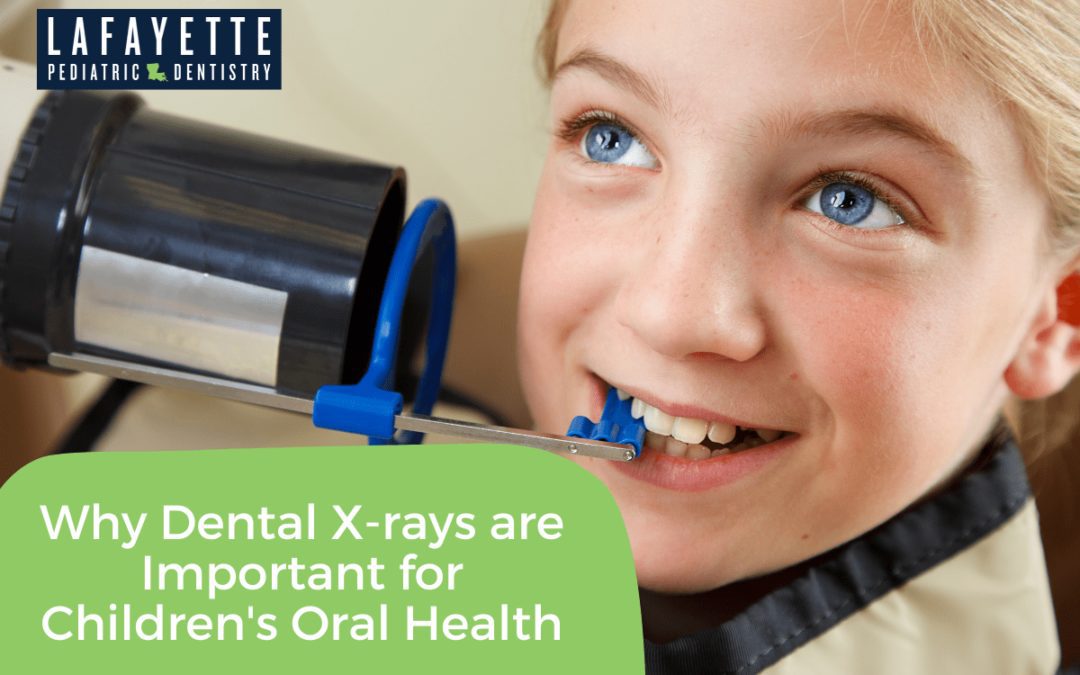When it comes to your children’s oral health, you always want to ensure they receive the best care possible, and one essential part of this is getting routine dental X-rays.
What are Dental X-rays?
Dental X-rays, also known as radiographs, are a type of image of the teeth and mouth. X-rays capture detailed images of teeth, bones, and surrounding soft tissues that are not visible during a regular dental exam, providing dentists with a closer look at the overall oral health of their patients. They are especially vital for children whose teeth are still developing and may have dental issues that are not yet visible to the naked eye.
Benefits of Dental X-rays for Children
In dentistry, early diagnosis and prevention are key to maintaining good oral health. For children, pediatric dental X-rays are an incredibly valuable tool to achieve this.
X-rays are particularly important for children as their teeth and jaws are still developing, and numerous oral conditions can go unnoticed without proper diagnosis. Below are some benefits of pediatric dental X-rays:
Diagnosing cavities
X-rays can detect interproximal cavities (cavities between two teeth) and recurrent decay (cavities that form under existing dental restorations, such as fillings), which are hard to notice with a normal visual exam.
Read also: The 5 Most Common Causes of Cavities in Children
Detecting other dental problems early
Dental X-rays can also detect other dental problems. Gum disease and bone infections are just a few of the many issues that can be discovered through dental X-rays. Catching these issues early on can prevent the development of more significant problems later in the child’s life.
Monitoring dental development and trauma
Dental X-rays are commonly used for monitoring the development of your child’s teeth. They can help predict growth patterns, monitor dental trauma, and evaluate the overall progression of your kid’s oral development.
Are Dental X-rays Safe for My Kid?
Many parents have concerns about the safety of pediatric dental X-rays because of the potential exposure to radiation. In fact, the risk is negligible.
Our digital low-dose dental x-ray technology at Lafayette Pediatric Dentistry exposes the child to only .09 millirems of radiation, which is much less than the .98 millirems of radiation they are exposed to from natural sources each day.
To put this in perspective, spending one hour on an airplane can expose children to up to 10 times more radiation than a digital dental X-ray. We also take additional safety measures, such as using lead aprons and thyroid collars, to ensure that the child’s exposure to radiation is as low as possible.
When Should My Child Get Dental X-rays?
The timing for children to receive dental X-rays varies and depends on their specific dental needs. However, the American Academy of Pediatric Dentistry recommends that X-rays be taken once every 1-2 years, depending on the child’s risk for cavities and other oral health issues.
Parents play a crucial role in protecting their child’s oral health, and dental X-rays are an important tool for the prevention and early detection of dental problems.
Early detection leads to less invasive and more manageable treatments compared to waiting until the issue has progressed. Therefore, it’s important to discuss a regular routine of dental imaging with your child’s dentist to ensure optimal oral health.
If you’re looking for a pediatric dentist near the Lafayette area to schedule a dental X-ray for your child, request an appointment with us today. We are dedicated to providing quality pediatric dentistry for all our patients. Remember, being proactive about your child’s oral health is more beneficial and less costly in the long run than taking a wait-and-see approach.
Sources:
